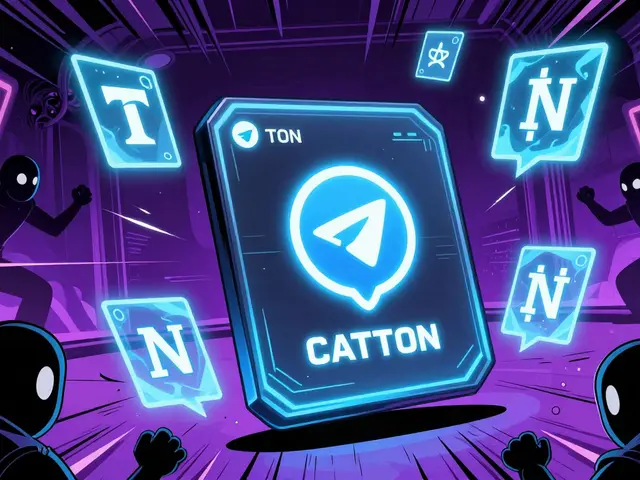Staked ETH: How to Earn Rewards and What You Need to Know
When you stake ETH, you’re not just holding cryptocurrency—you’re actively helping run the Ethereum network. staked ETH, Ethereum tokens locked in a validator role to support the blockchain’s proof-of-stake system. Also known as ETH staking, it’s how regular users earn passive income without mining or trading. Unlike the old days when Ethereum relied on energy-heavy mining, today’s network runs on staking. Your ETH helps verify transactions, and in return, you get rewarded with more ETH—typically between 3% and 5% annually, depending on how much is staked network-wide.
Staked ETH isn’t just for big investors. You can start with as little as 0.1 ETH using custodial platforms like Coinbase or Kraken, or go full self-custody with a full validator (32 ETH) using tools like Lido or Rocket Pool. proof-of-stake, the consensus mechanism that replaced mining on Ethereum in 2022 is what makes this possible. It’s faster, cheaper, and way more energy-efficient. But it also means your ETH is locked up—you can’t sell or move it instantly. Withdrawals became possible after the Shanghai upgrade in 2023, but there’s still a delay of a few hours to days depending on network demand.
Not all staking is equal. If you use a centralized exchange, you get convenience but lose control of your keys. If you use a decentralized protocol like Lido, you get liquid staking tokens (like stETH) that you can trade or use in DeFi while still earning rewards. But there’s risk: if the protocol gets hacked or the value of stETH drops below ETH, you could lose money. DeFi staking, staking ETH through smart contracts instead of exchanges gives you more control but demands more technical awareness. You need to understand slashing risks, gas fees, and how your rewards are calculated.
People who stake ETH aren’t just chasing returns—they’re betting on Ethereum’s long-term survival. Every time you stake, you’re helping make the network more secure and decentralized. That’s why even if the price of ETH drops, many stakers hold through the cycle. They’re not speculating—they’re participating.
What you’ll find in the posts below isn’t hype. It’s real breakdowns of where to stake ETH safely, how much you actually earn after fees, what happens when the market turns, and why some platforms that promise high yields are just traps. You’ll see how staked ETH fits into bigger trends like real-world asset tokenization, U.S. crypto regulation, and DeFi yield strategies—all without the fluff. This isn’t about getting rich quick. It’s about understanding what you’re really signing up for when you stake your ETH.
osETH is StakeWise's liquid staking token that lets you earn Ethereum staking rewards while keeping your ETH liquid. Unlike other tokens, osETH protects your principal from slashing risks through overcollateralization.
READ MORE






